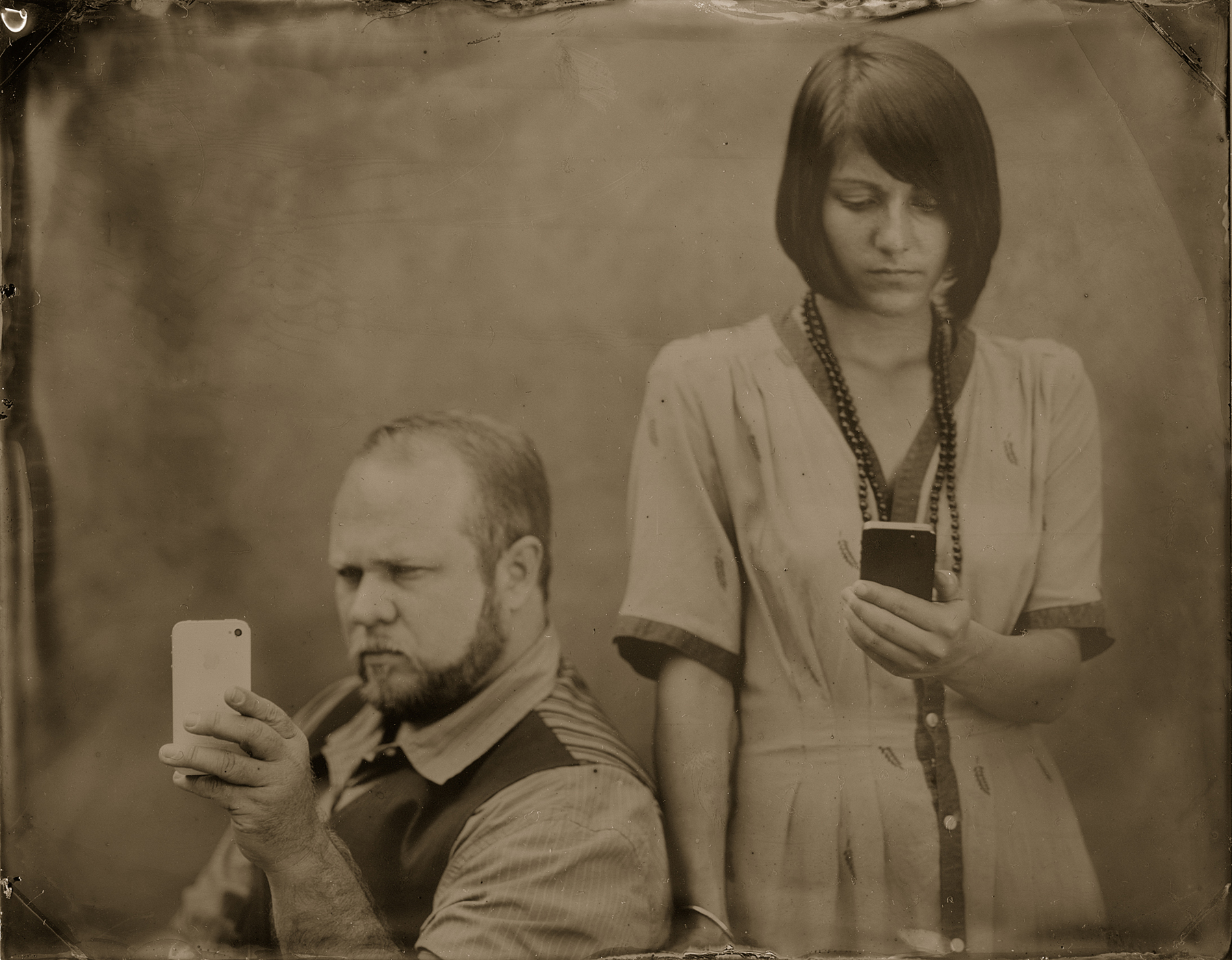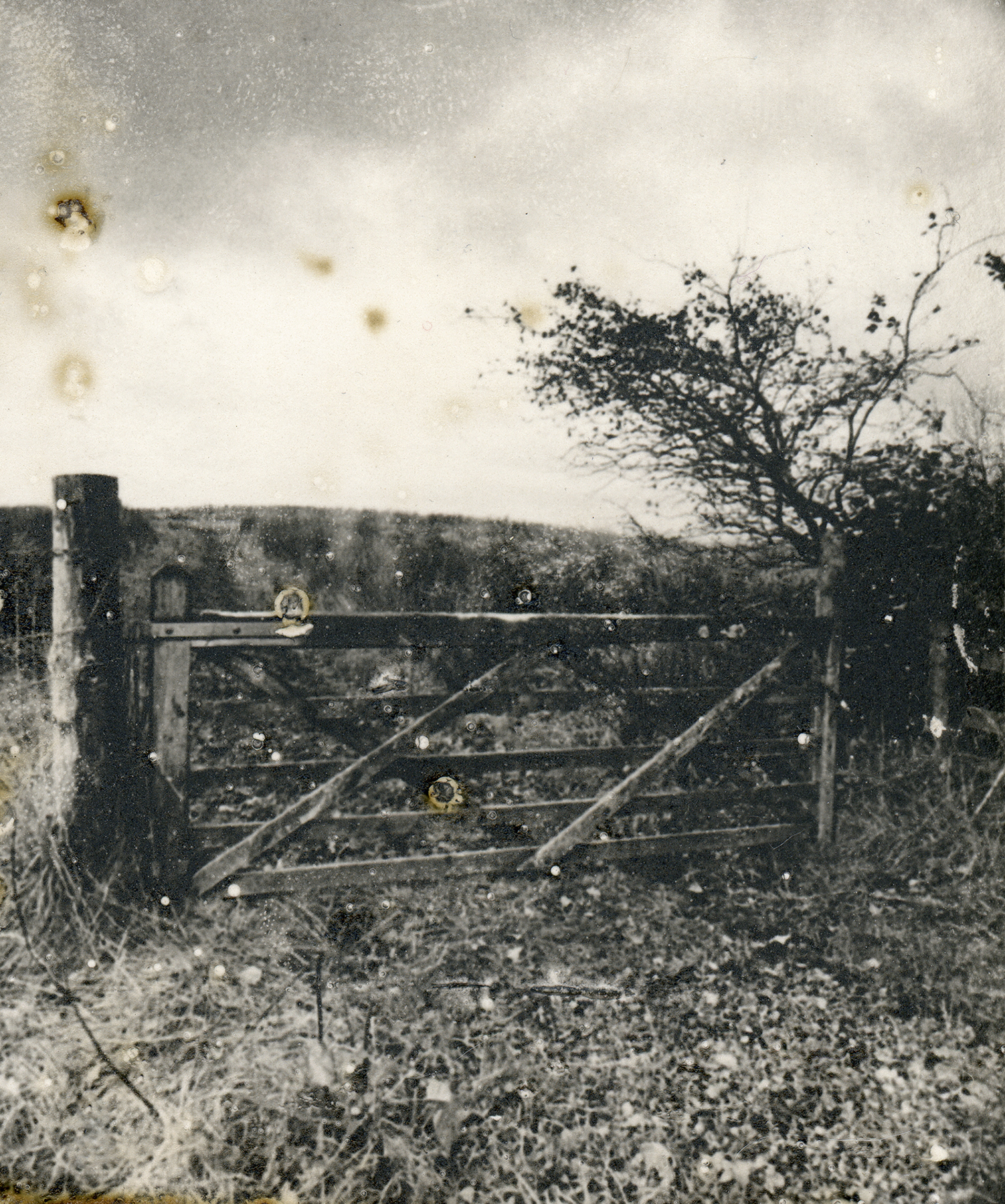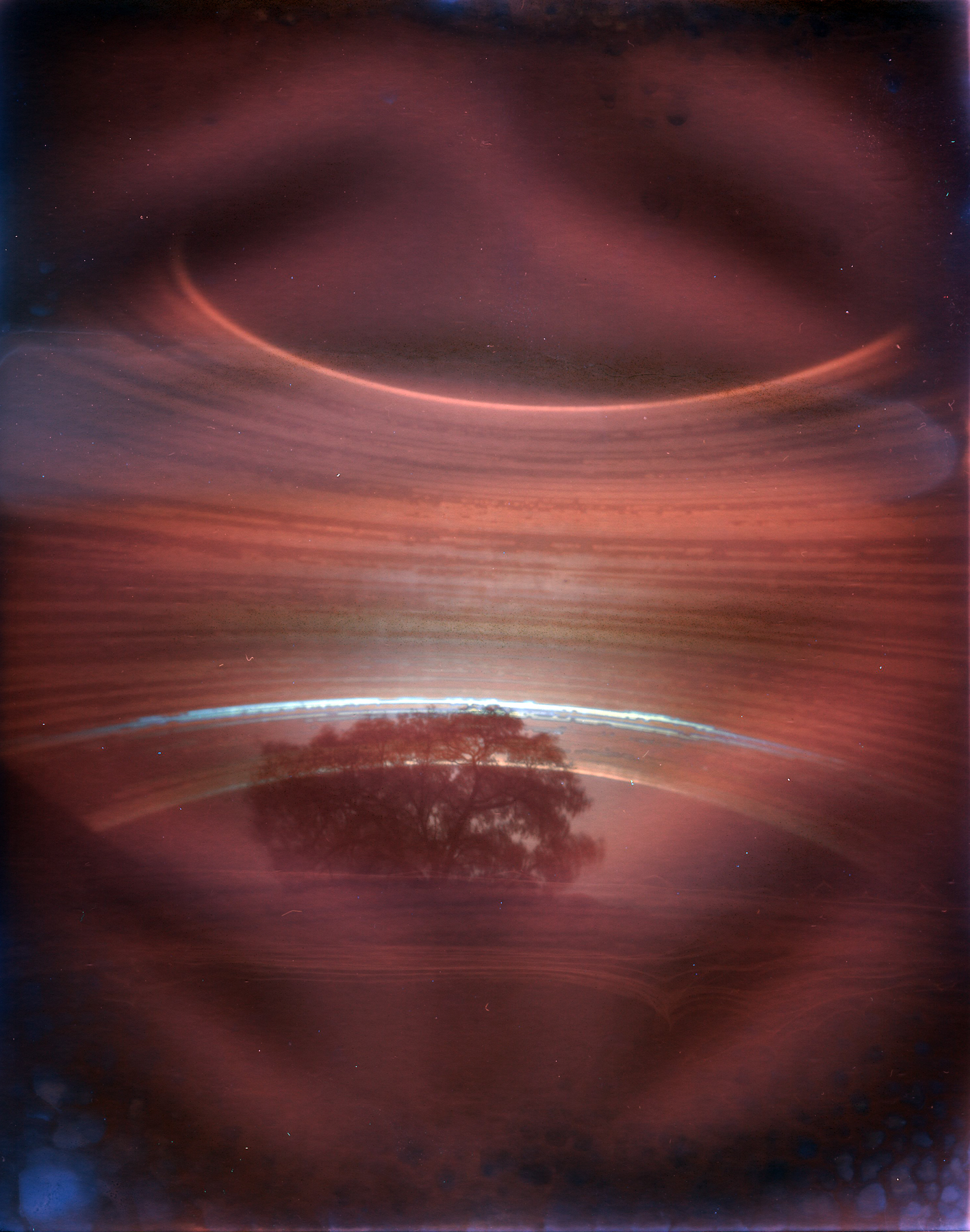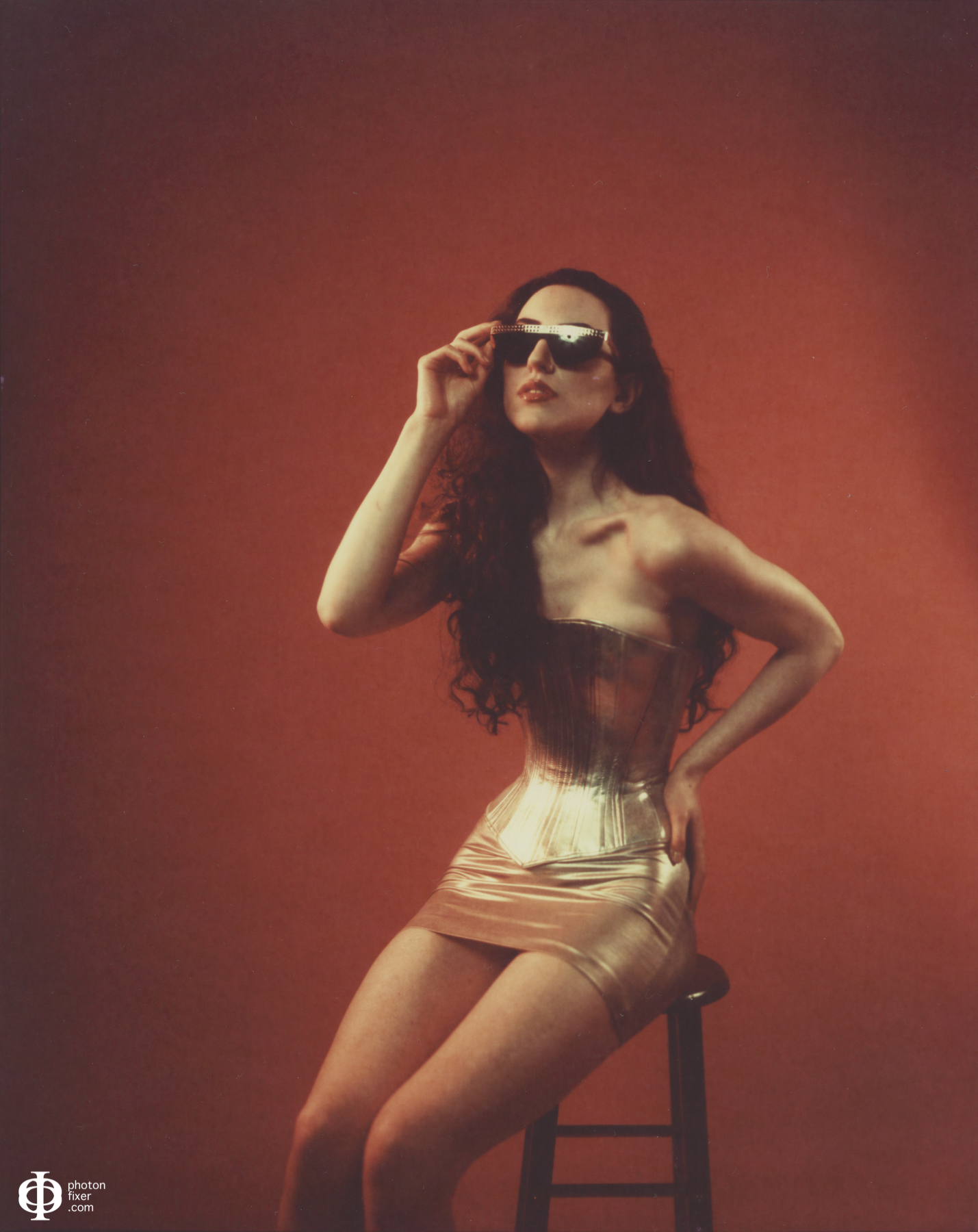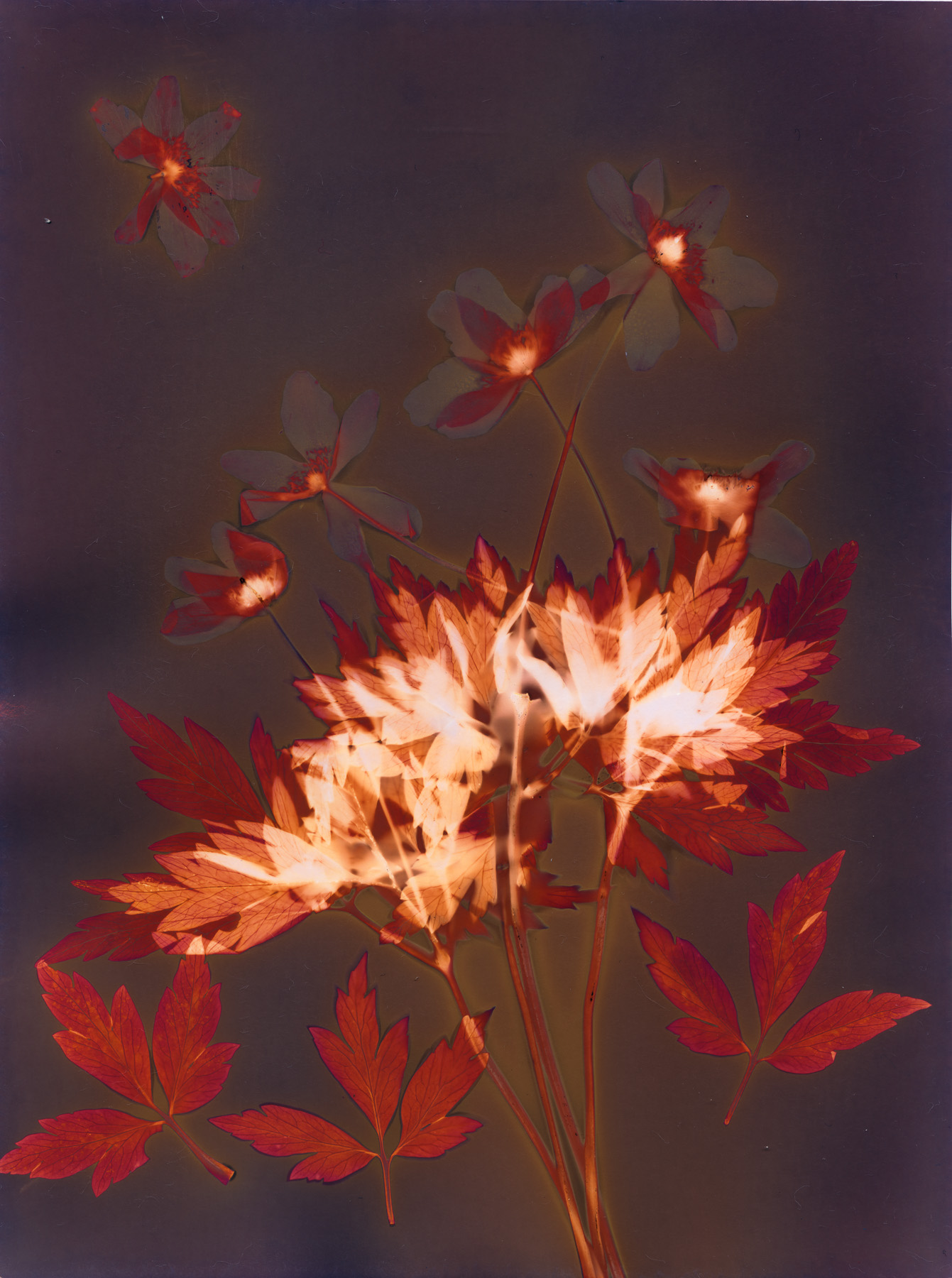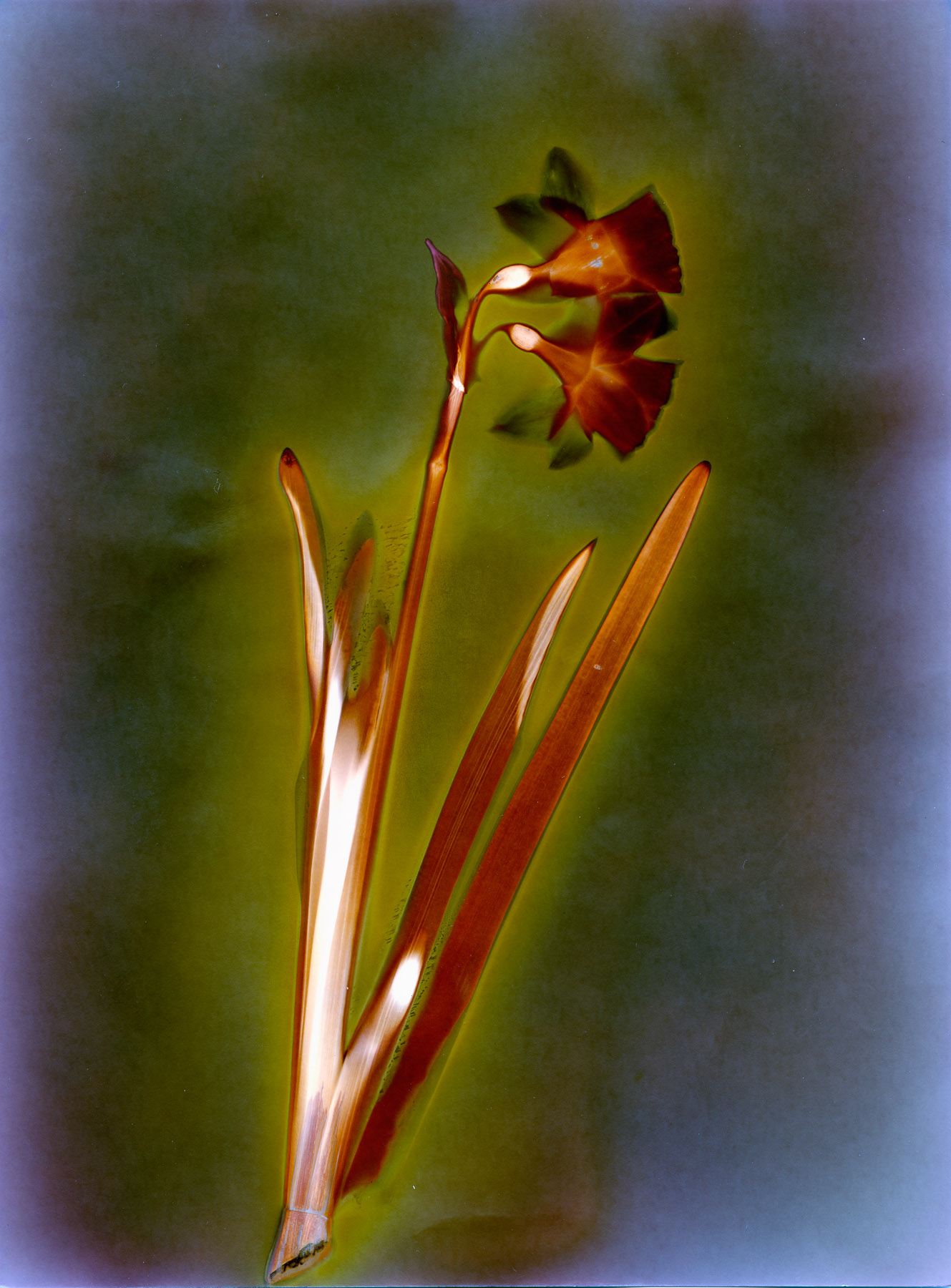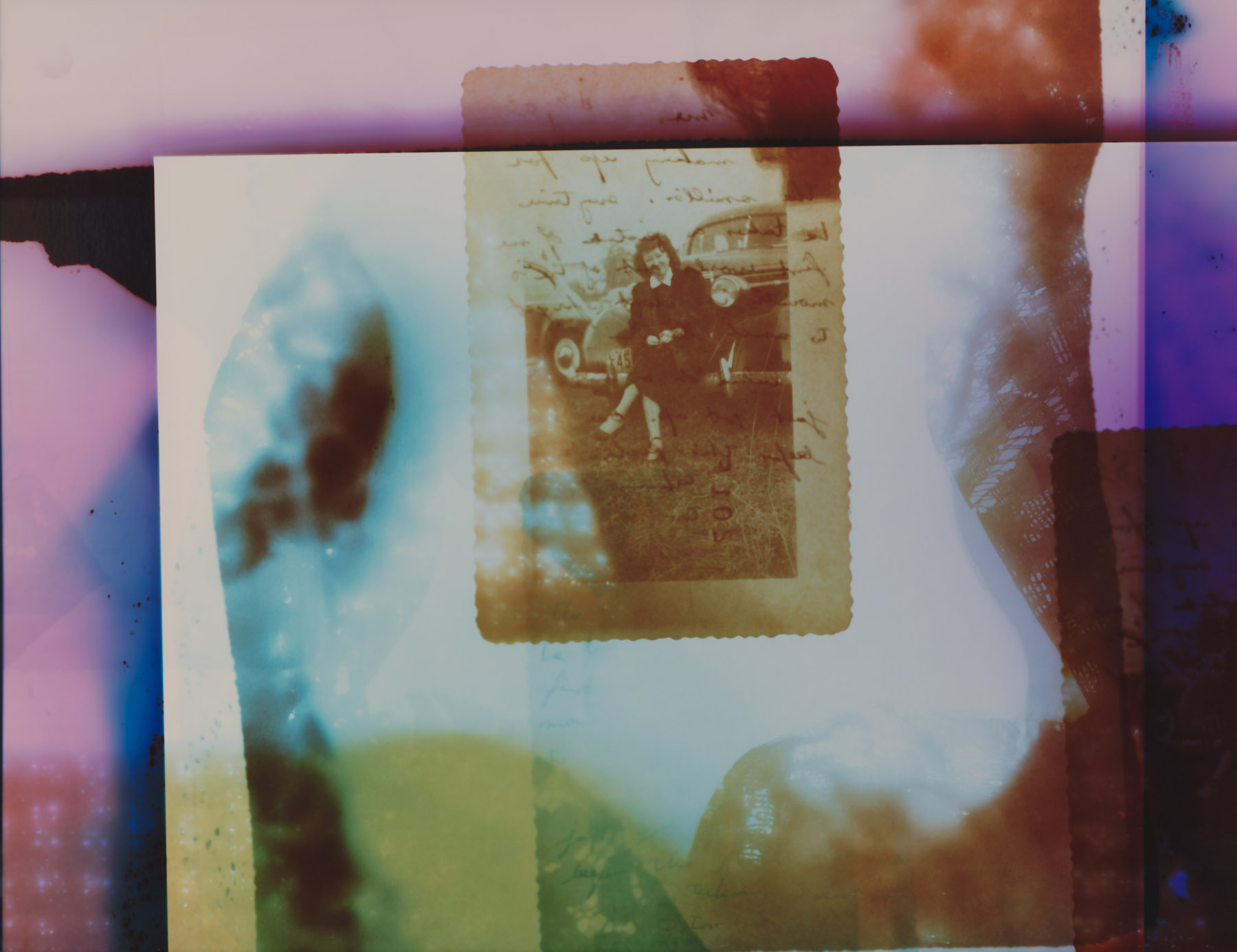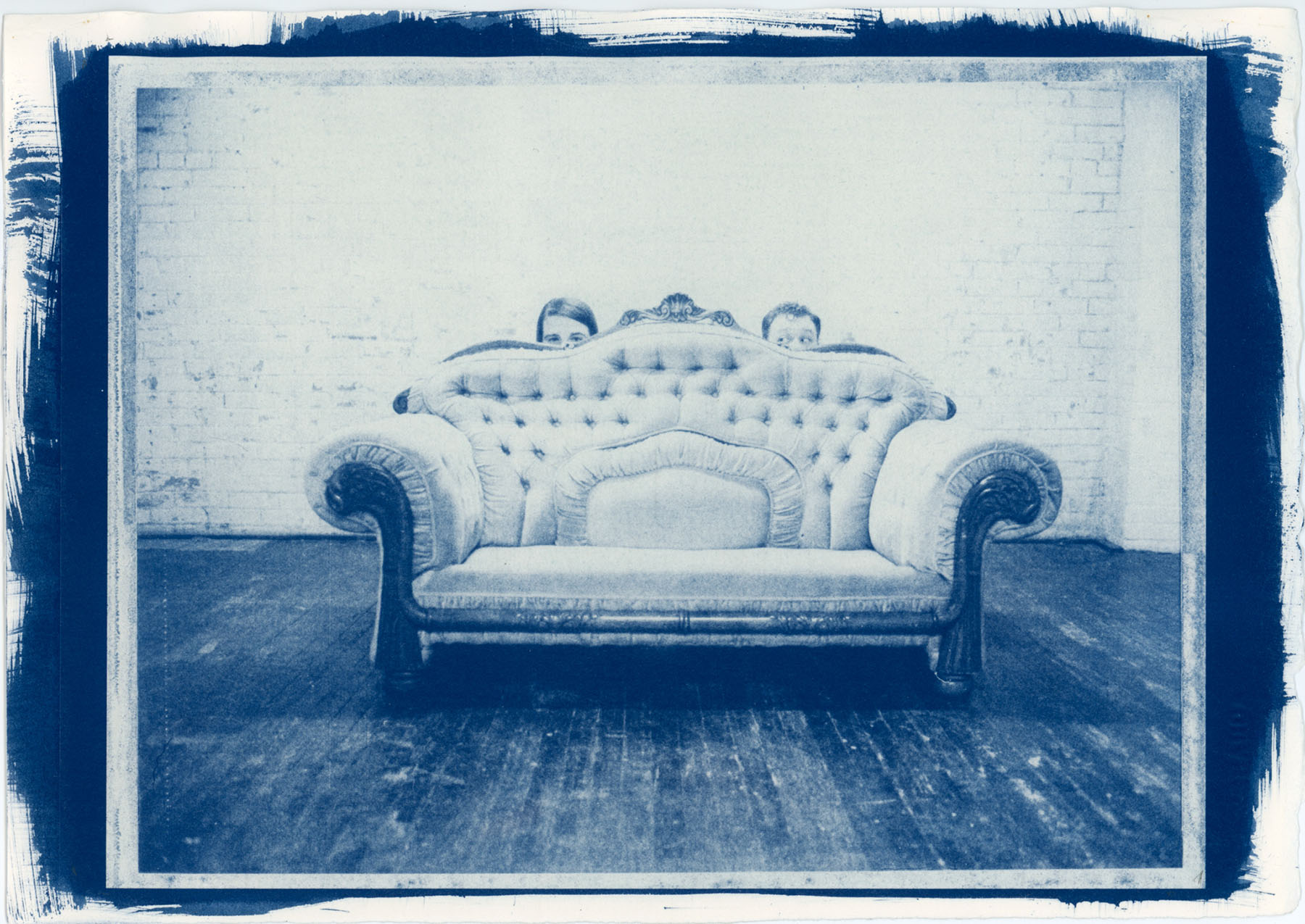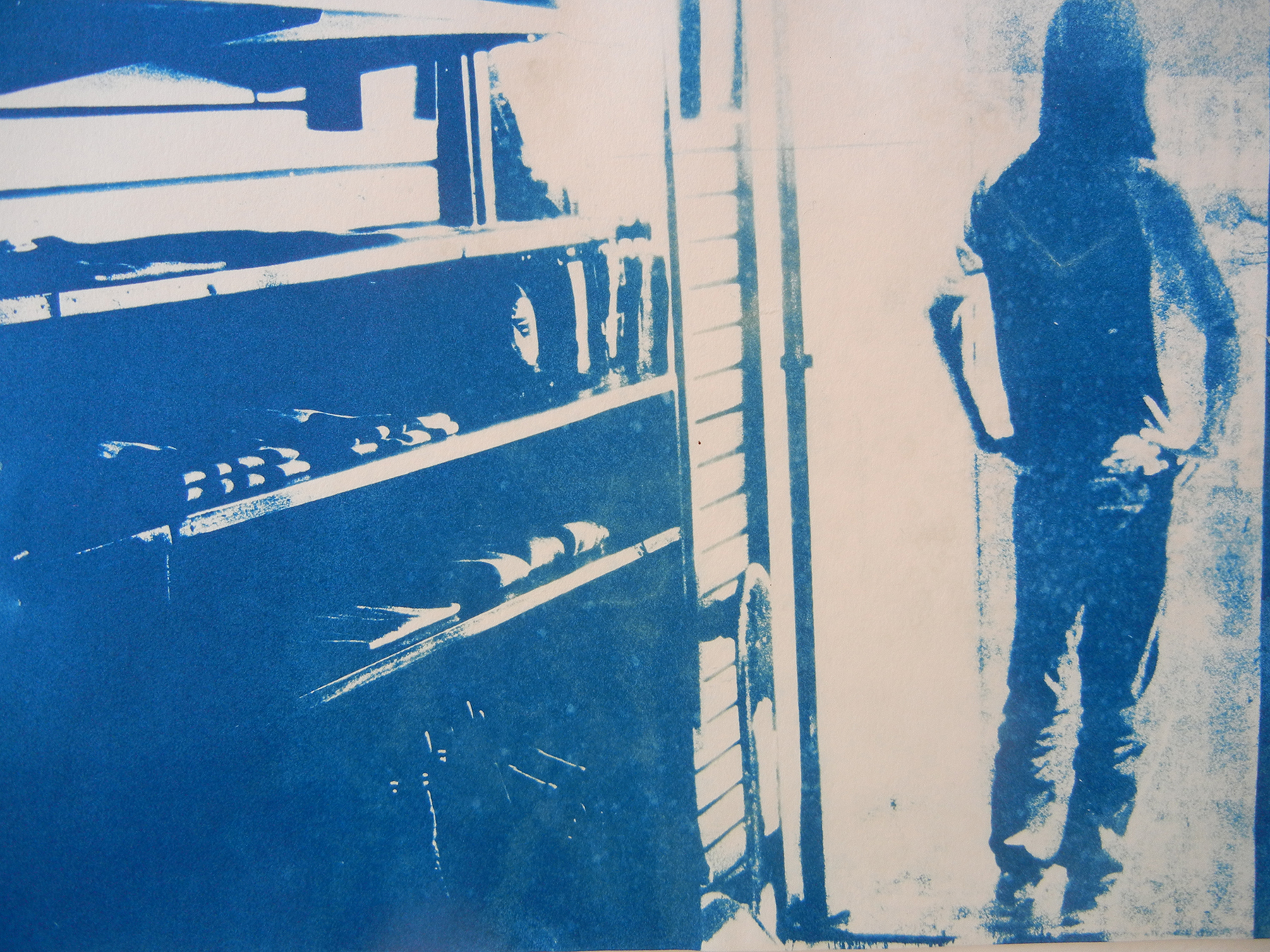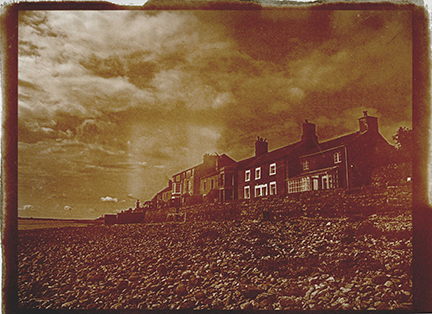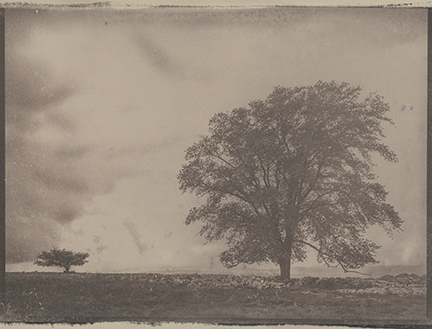I have heard many photographers say that a part of what attracts them to film is the process, specifically the tactile element. This is certainly the case for me, combined with my total fascination with the chemistry that makes all the "magic" possible. Something Real happens when a sensitive emulsion comes into contact with light. Changes occur. An image is born.
Long before film, however, photographers had other methods of harnessing light, and these take the idea of Process to another level. I had heard about them before, but never had the chance to try any of the "alternative" processes out before this year. They are fun, fascinating, addictive, and often a lot more accessible than you might think. They also can yield incredibly beautiful, interesting results. It only took one member mentioning wet plate, and then the glimmer of a response from other members, for me to decide we needed to showcase this type of photographic art here.
What I present to you is a selection of the past week's call for Alternative Process entries. This ran parallel with Alternative Process Week on our Instagram account, so please have a look there for more beautiful work.
Next week, we will have a new theme, curated by the One and Only Ruby Falls. The theme is Serenity: shots that bring you peace, in colour, composition, or subject. We look forward to your submissions!

